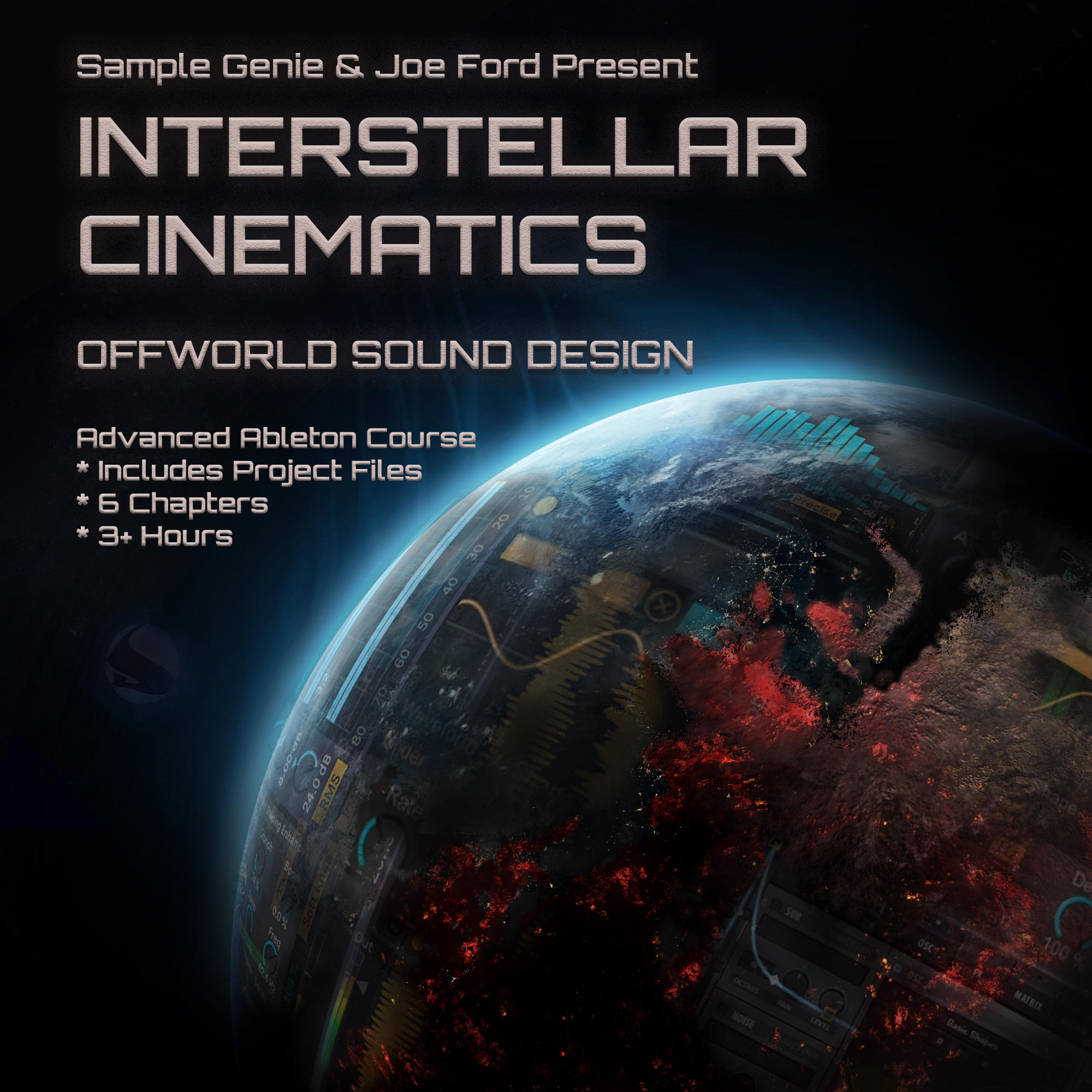Analysis of S2E02: InsideInfo – Remix of Hybrid Minds "Meant To Be" (AUG 2014)
- This topic has 0 replies, 1 voice, and was last updated 5 years, 1 month ago by ,
 Harry.
Harry.
-
AuthorPosts
-
-
2019-06-09 at 21:09:46 #83736,
 HarryModerator
HarryModeratorNote: Rewatched this in June 2019, almost five years since this was originally released. InsideInfo’s tools and approaches have changed a bit, and I’m hoping to ask him about what has changed now that he’s doing Season 7 of Sample Genie. Some of the techniques he describes here may have been refined or dropped altogether. He also did a one-off video in Season 5, and I think a Computer Music video around the same time.
—
WATCH NOTES– Works quick, doesn’t normally groups tracks
– 32 bar intro ➡ 16 bar breakdown ➡ drops at bar 4904:45 – was given two weeks to do this remix
– This is actually a longer time than most remix specs06:00 – creates a folder to keep original parts, edits, and variations
06:30 – compares getting remix parts to getting a sample pack
07:30 – starting with the kick
– Made from two layers: main kick (with Pro-Q and Alloy2 on inserts) and a more organic sounding kick
– Kick pattern is a 2-bar Universal Project pattern, likes it, has used a bit, describes it as kind of clinical sounding08:45 – kick goes to a drum bus
09:00 – snare is made of a few layers
– Layer 1 ➡ punchy, not much low end, more of a mid-range sound, only has Pro-Q on insert
– Layer 2 ➡ more low end
– Layer 3 ➡ snappy and has high end
– Layer 4 ➡ sharp hit, nice transient
– Layer 5 ➡ low end, muddy sound
– Layer 6 ➡ E-Phonic Drumatic VST to create a low end snare transient
○ Combine with a more organic or sample-based break drum, can add a bit of low end punch, with full control over pitch
– Says EQ’ing was a little loose, but wasn’t too concerned
12:00 – hats, various layers, for frequency spread & energy
– Most have low end rolled off12:55 – crash cymbals with some panning, rides, some sidechaining to move percussion out of the way of the main drums
14:30 – explains wide hat sound, was used later in track to add some variation to the drums
15:05 – quick look at drum busses, specifically Drum 1, which has a CamelPhat to keep drums from clipping, and a send for a parallel compression bus
– Compressor and some tube distortion to add some more excitement to the sound17:00 – Drums 1 and the parallel compression busses then go to a bus called Drums Main
– Alloy2 ➡ CamelPhat ➡ Pro-Q
– Alloy2 used for the transient shaper module, to give more punch at 200 Hz. Likes Alloy2 for making drums more punchy.
– CamelPhat so transients do not overload the master output
– Pro-Q to roll off low end, slight cut at high end19:00 – explains A/B’ing a little bit
– Usually starts tracks with drums to get a rhythm going20:00 – intro drums, just for DJ’ing, filtered version of the main drums
21:30 – looking at melodic parts
– Kept original sounds, but a little extra processing
– Reverb so the piano “tails off nicely”22:05 – kept original pads, for the intro
22:30 – arp made with D16’s Lush101 soft synth
23:30 – reversed some of the original keys, to transition between sections24:55 – looking at the bass, starting with a sine wave playing out of Alchemy (Camel Audio version, now a native Logic instrument), going through effects, and another track playing white noise that is distorting with the sub
26:15 – explains how this is achieved
– White noise is going in to a bus, “the fizzy top layer,” going straight in to that bus
– Fizzy has an EQ ➡ a limiter that is smashed really hard ➡ EQ (just has highs) ➡ CamelPhat ➡ sidechain compression ➡ Pro-Q ➡ Ozone4 ➡ Pro-Q ➡ CamelPhat ➡ Compressor
– Sub bass has a send also going to the fizzy top layer bus
– Also demonstrates moving the EQ band to demonstrate the different types of sound you can achieve28:50 – sub frequencies are also split in to a sub bus, and a mid bus
30:00 – there is also a cymbal going in to the fizzy bus
30:25 – bass is sidechained by a kick control track (a.k.a. ghost kick sidechain)
– Demonstrates how this control track can effect the rhythm of what is sidechained32:07 – simple two note bass
– Longer bass notes, about 1.55 of 2 bars in length, alternating between the notes of C# and F
– Quick mid bass fills as well, made from Lush101 and Razor33:40 – another mid fill, from a CM Sample pack he made
– CM 194 from 2013, if interested35:00 – vinyl crackle to add a sense of warmth
35:30 – melodic stab base on a wah-wah-ish sound from the original song37:45 – flute stab
38:25 – the vocal
40:00 – main lead, using Alchemy for its granular sampler module
46:00 – explains his white noise riser
– Needed something bringing energy up, but not in a big obnoxious “woon-woon-WOOOON” LFO way
– Just a white noise with a filter sweep
46:45 – looking at the two sounds layered to make the fast “ya-ya-ya-ya” sound
– Lead from the original with a transient sound layered under it
– Using same sounds as the original, but in different ways"Knowledge kept is knowledge lost." - Bobbito Garcia
-
-
AuthorPosts
- You must be logged in to reply to this topic.


